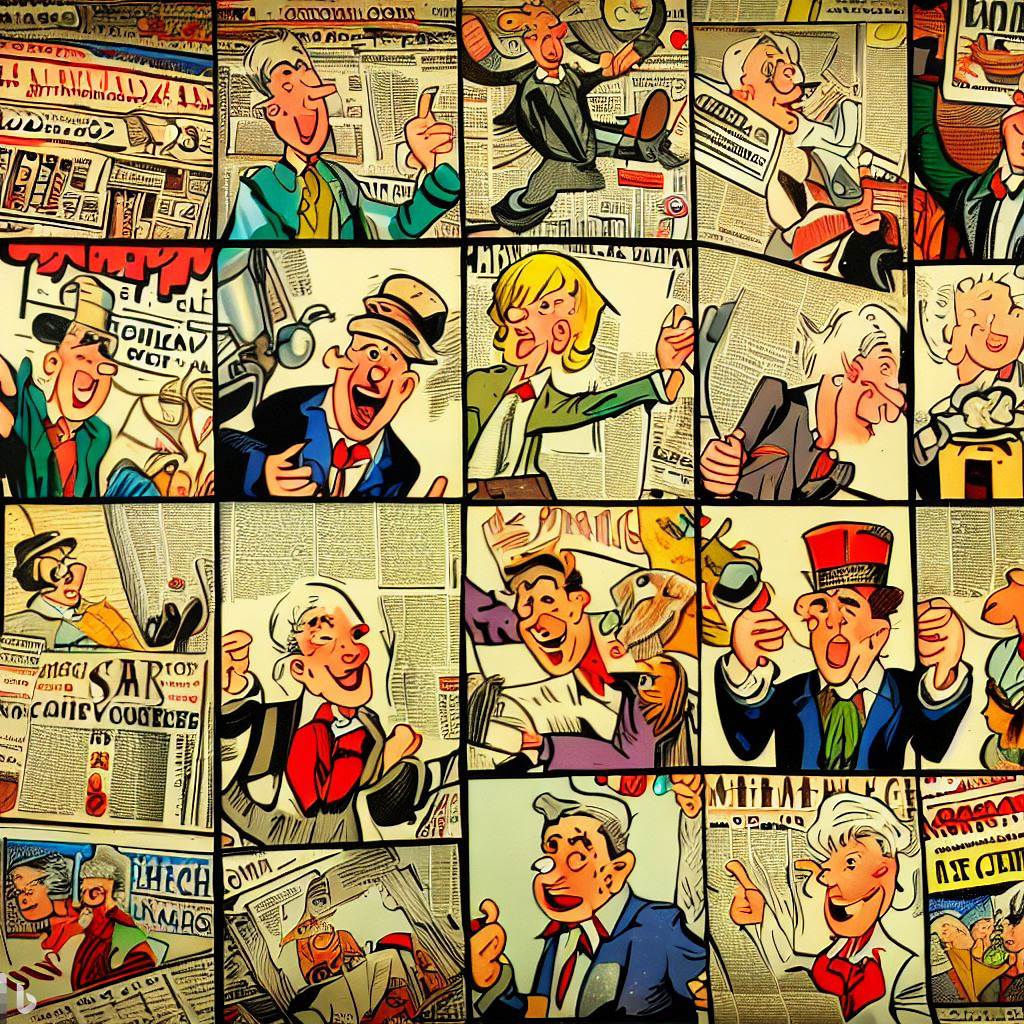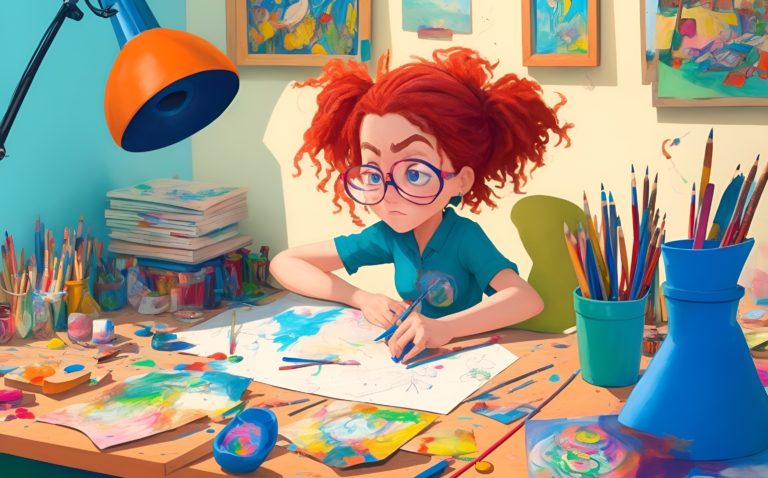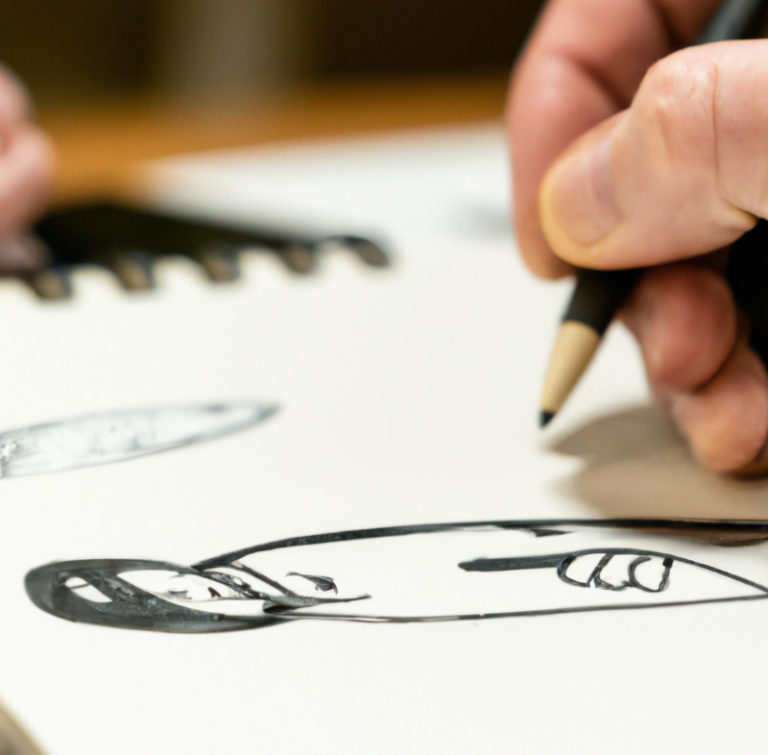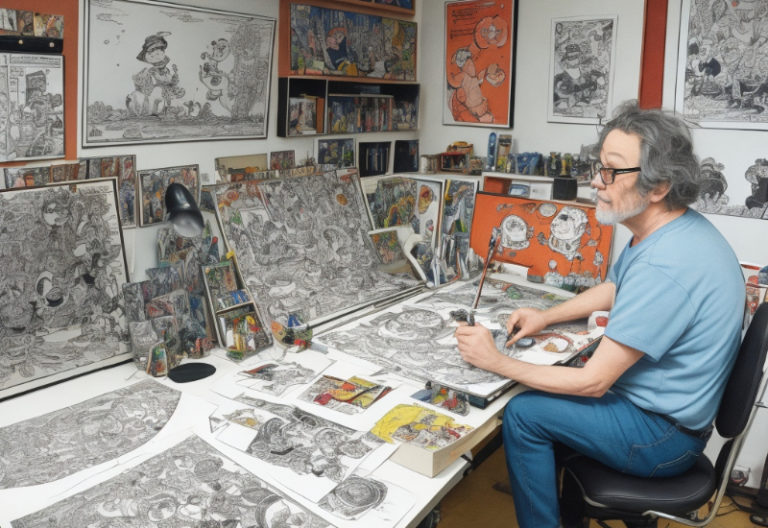Cartoon strips are a unique and captivating medium of storytelling, combining art and narrative to create memorable and entertaining experiences. From Calvin and Hobbes to Garfield, cartoon strips have enchanted readers for generations. In this blog post, we will explore the art of cartoon strip storytelling and share valuable tips for creating compelling narratives that engage and delight audiences.
1. Develop Strong Characters:
The foundation of any great cartoon strip lies in its characters. Spend time crafting well-rounded and relatable characters that readers can connect with. Develop their personalities, quirks, and motivations. Give them distinct appearances and expressive facial features that can convey emotions effectively. Strong character development allows readers to form an emotional bond, making them eager to follow the characters’ adventures.
2. Master the Art of Visual Storytelling:
Cartoon strips are primarily visual mediums, so mastering visual storytelling techniques is crucial. Use panels creatively to pace the story and guide the reader’s eye smoothly from one panel to another. Experiment with different panel sizes, angles, and perspectives to create dynamic compositions. Visual cues, such as speech bubbles, thought bubbles, and sound effects, enhance the storytelling experience. The art style should complement the narrative, whether it’s humorous, dramatic, or adventurous.
3. Employ Engaging Dialogue:
Dialogue is a powerful tool in cartoon strip storytelling. Craft dialogue that is concise, engaging, and true to each character’s voice. Use dialogue to advance the story, reveal character traits, and inject humor. Effective dialogue should be natural and conversational, allowing readers to feel immersed in the strip’s world. Remember to balance dialogue with visual storytelling, as actions can often speak louder than words.
4. Embrace Humor and Timing:
Humor plays a significant role in many successful cartoon strips. Whether it’s clever wordplay, witty observations, or slapstick comedy, incorporating humor adds an extra dimension to the storytelling. Mastering comedic timing is key to delivering punchlines effectively. Experiment with the pacing of your panels, build up anticipation, and deliver the comedic payoff at the right moment. Remember, the element of surprise can often lead to laughter and leave a lasting impression.
Cartoon strip storytelling is a unique art form that requires a delicate balance of artistry and narrative skill. By developing strong characters, mastering visual storytelling techniques, employing engaging dialogue, and embracing humor, you can create compelling cartoon strips that captivate and entertain readers. So, pick up your pen and let your imagination run wild as you embark on the exciting journey of cartoon strip storytelling!







